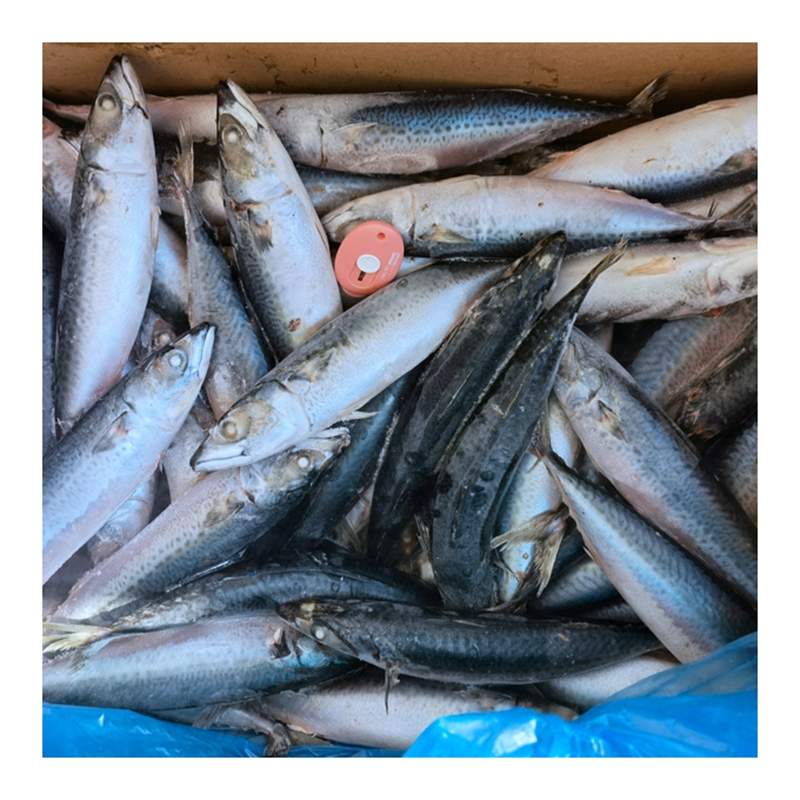Muroaji's living habits
- Categories:News
- Author:
- Origin:
- Time of issue:2022-03-14 17:18
- Views:
(Summary description)Muroaji are warm-water swarms that swim in the middle and sometimes close to the bottom. Muroaji is often mixed with blue round trevally in the long area. The water layer is deep during the day, and it has a phototaxis habit at night.
Muroaji's living habits
(Summary description)Muroaji are warm-water swarms that swim in the middle and sometimes close to the bottom. Muroaji is often mixed with blue round trevally in the long area. The water layer is deep during the day, and it has a phototaxis habit at night.
- Categories:News
- Author:
- Origin:
- Time of issue:2022-03-14 17:18
- Views:
Muroaji are warm-water swarms that swim in the middle and sometimes close to the bottom. Muroaji is often mixed with blue round trevally in the long area. The water layer is deep during the day, and it has a phototaxis habit at night. When the wind is calm, the tide is slow, and the southeasterly and southerly winds blow, Muroaji is easy to swarm at dawn or dusk, and the optimum temperature for swarming is 19-21°C. The juveniles are about 100 mm in length, and they live in symbiosis with jellyfish, jellyfish, and jellyfish.

The East China Sea Muroaji is divided into three groups: the northern group of Kyushu, the central group of the East China Sea and the southern group of the East China Sea. The Central East China Sea group appeared in the middle of the East China Sea from January to March. The spawning period was from January to May, and the peak period was from February to March. Some Muroaji groups may migrate to the western waters of Kyushu, and some migrate to the Yellow Sea to spawn The broodstock and juveniles feed and fatten near the spawning grounds, and return to the wintering grounds in the central East China Sea in late autumn.
In the larval and juvenile stage, small plankton such as copepods and cladocera krill larvae are the main bait. From juvenile to adult stage, except for krill, mysids, crustacean larvae, sardine larvae and other plankton. In addition to living things, there are also small fish and cephalopods. The feeding species of Muroaji were related to the dominant species of forage organisms in the sea area. The feeding intensity of Muroaji was highest in spring and autumn, medium in summer and lowest in winter.
Scan the QR code to read on your phone
Related Reading

Call Us Anytime
0086-595-88798882

Find Us
5th F,Unit 1th,Bldg 19th,Xintiandi Square,Baogai Technology Park,Shishi City, Fujian Province, China.

Email Us

We sincerely welcome overseas companies and customers to establish business relationships with us, and we will provide not only good quality products but also the best price for you.
USEFULL LINK
LEAVE A MESSAGE
Contact Us






